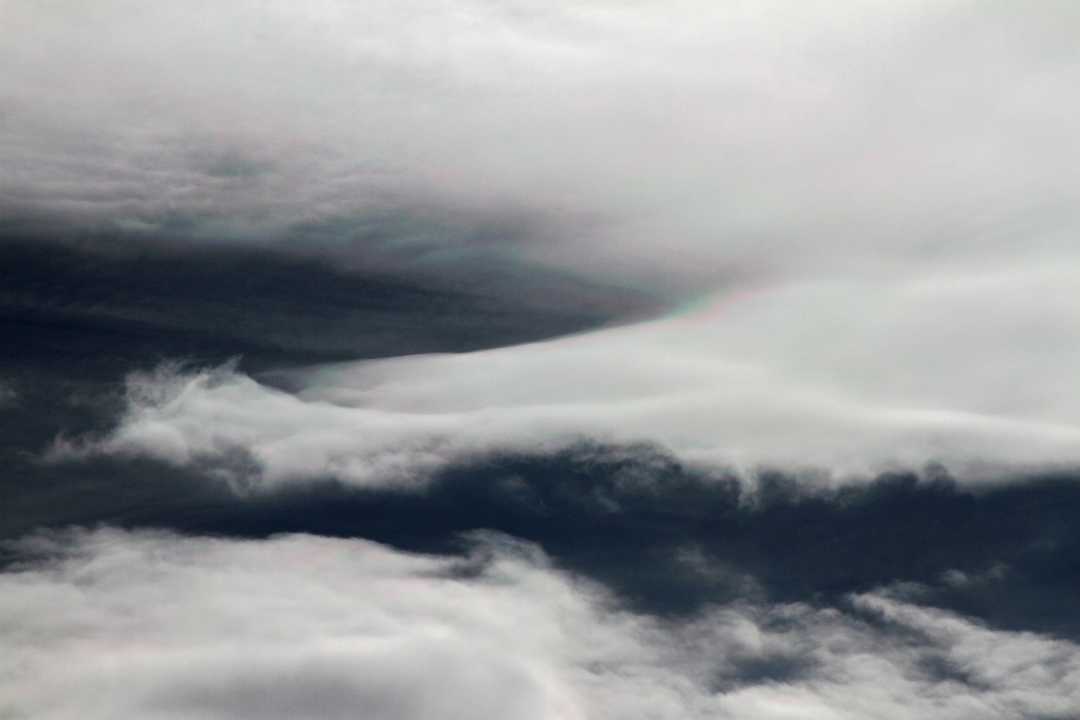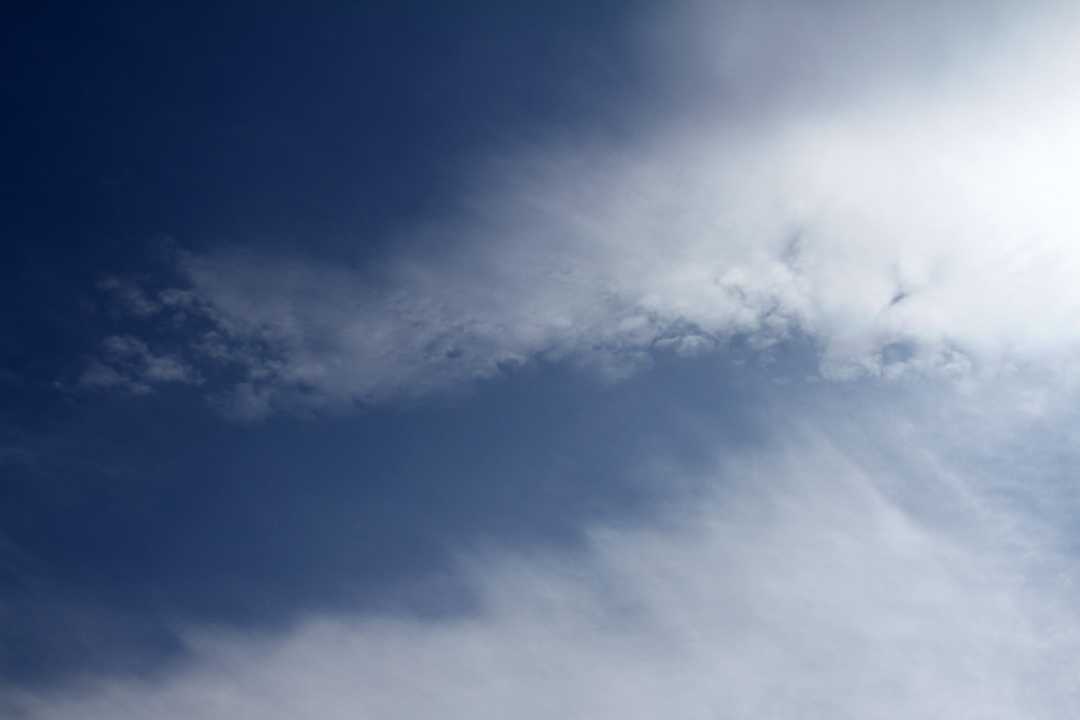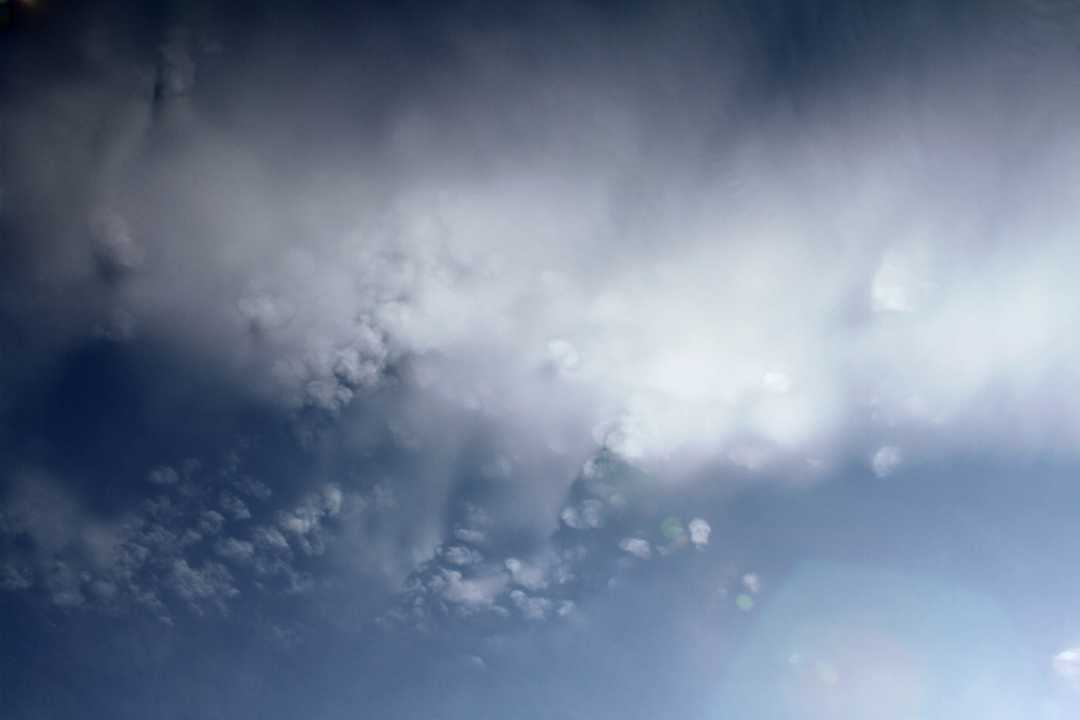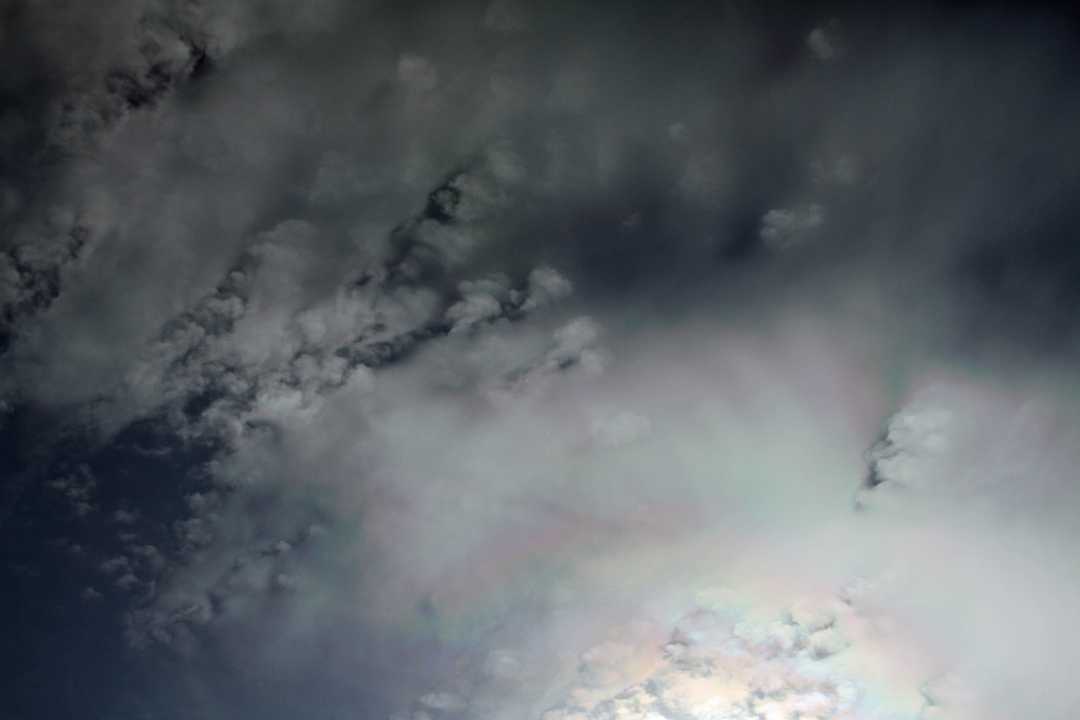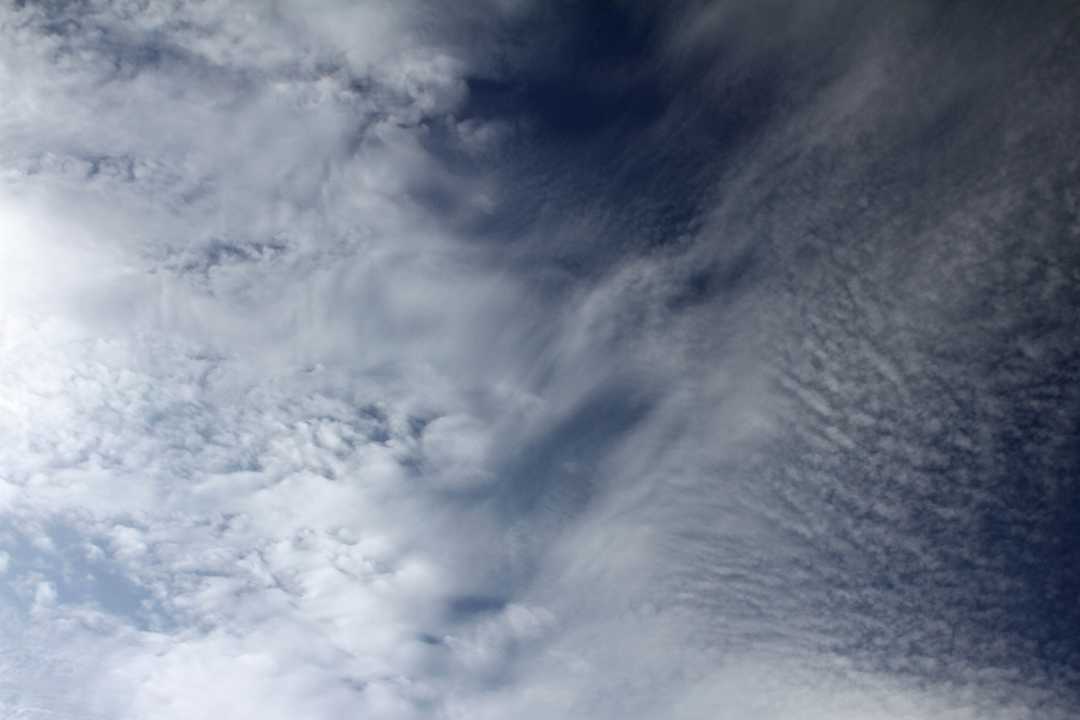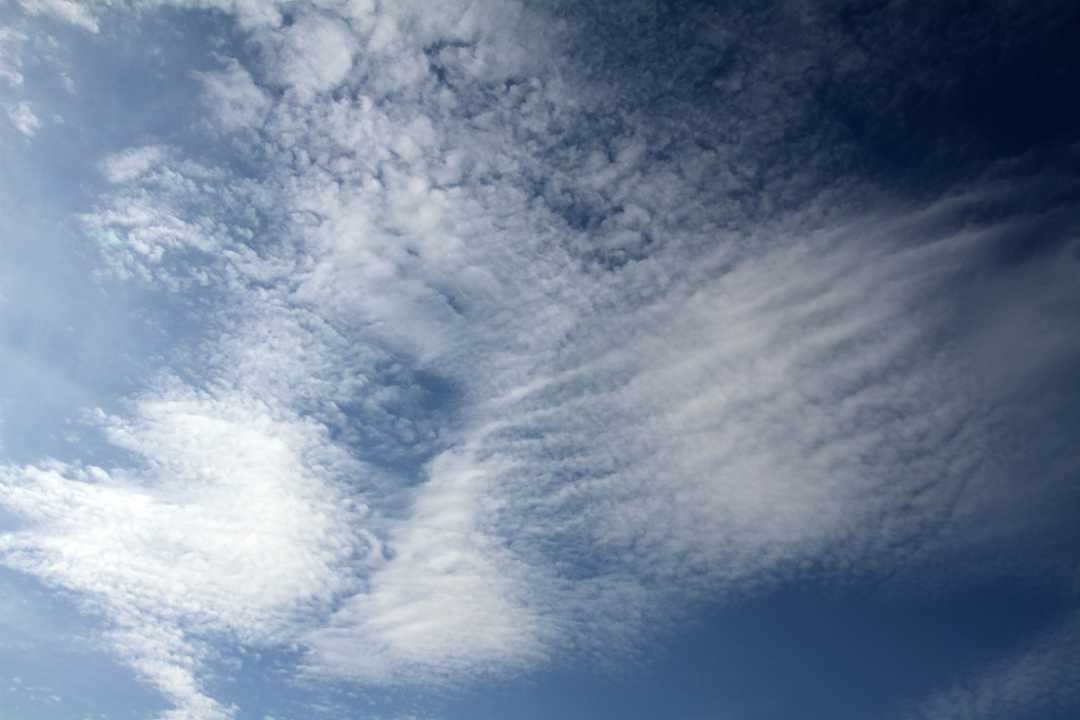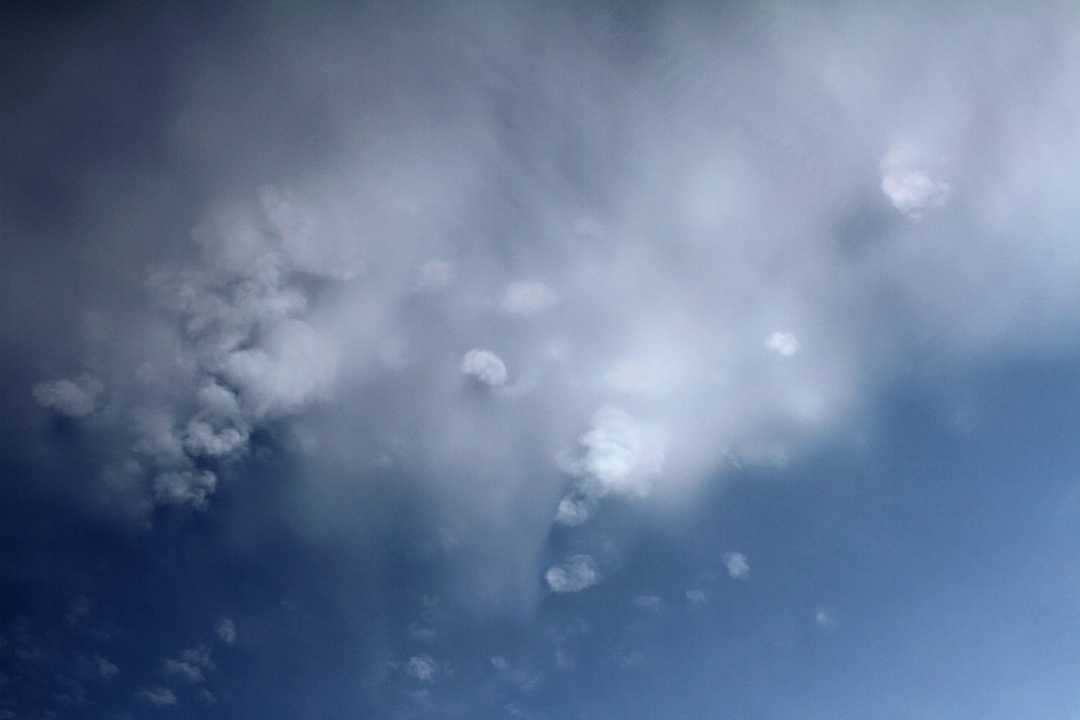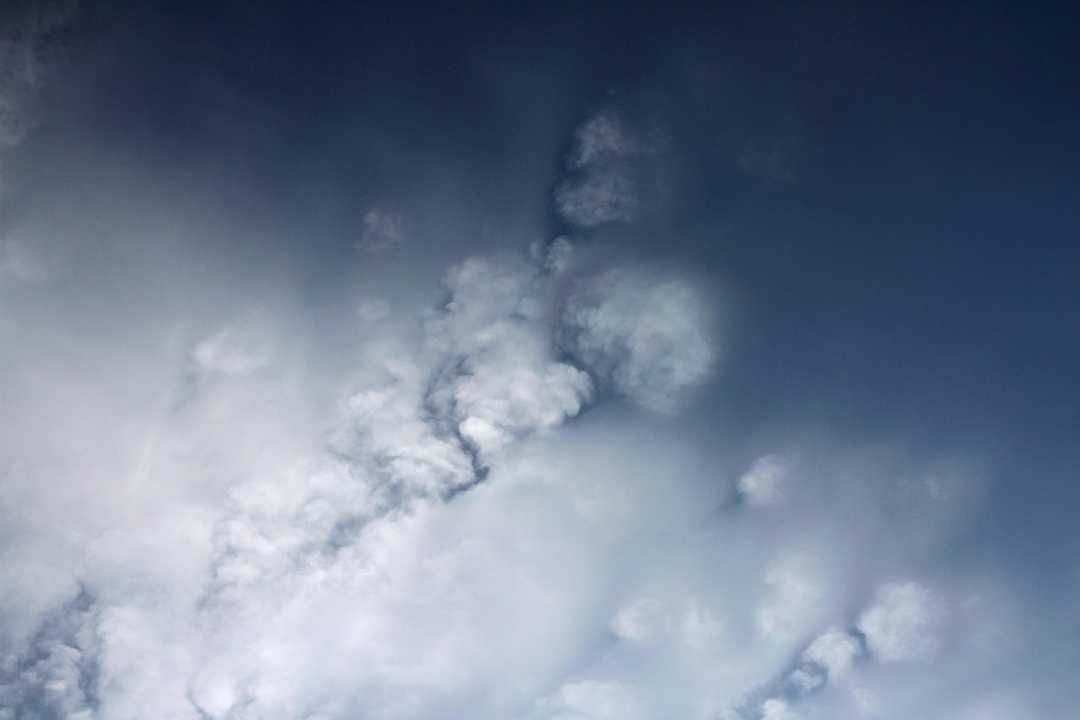Beautiful, but who can help classify?
Forums › The Cloud Forum › Beautiful, but who can help classify?
- This topic has 20 replies, 6 voices, and was last updated 7 years, 8 months ago by
Howard Brown.
-
AuthorPosts
-
-
March 20, 2018 at 10:41 am #263902
 Hans StockerParticipant
Hans StockerParticipantAlthough it was rather cold with a nasty Siberian wind freezing my ears and fingers last Sunday was a beautiful day for clouds with among others a lot of lenticularis. I will share a series of pictures hereafter and I would appreciate some help in classifying what I saw.

Lenticular clouds in the distance at 14:11 taken with 135 mm.To be continued…..
-
March 20, 2018 at 10:43 am #263903
 Hans StockerParticipant
Hans StockerParticipantThen I saw develop this milky parts overhead with in it quite distinct round mamma-like cloudlets. It was positioned at some 30 to 40 degrees up and around sun level.

Overhead at 14:11 taken with 44 mm.
-
March 20, 2018 at 10:45 am #263904
 Hans StockerParticipant
Hans StockerParticipantA bit later (with some lensflare) at 14:15, taken with 35 mm:

The question is how to classify these clouds. They seem to me rather atypical. Are they altocumulus or cirrocumulus and what variety?
-
March 20, 2018 at 10:47 am #263905
 Hans StockerParticipant
Hans StockerParticipantClose to the sun the milky parts showed lots of iridescence.

Picture taken at 14:17 with 41 mm.
-
March 20, 2018 at 10:48 am #263906
 Hans StockerParticipant
Hans StockerParticipantSomewhat later the sky shows this mixture of what seems to me altocumulus (or cirrocumulus?).

Taken with 33 mm at 14:24.
-
March 20, 2018 at 10:50 am #263907
 Hans StockerParticipant
Hans StockerParticipantAt 14:31 this wide view – taken with 19 mm at 14:31 – shows with again altocumulus (or cirrocumulus?).

Any help to classify these clouds is much appreciated.
-
March 20, 2018 at 10:39 pm #264015
Eric Shultz
ParticipantInteresting sequence, Hans, and a good puzzle. Could the sequence show altocumulus, with the odd effects resulting from looking up into and through descending showers of verga?
-
March 21, 2018 at 12:56 am #264026
 Michael LerchParticipant
Michael LerchParticipantHans,,at some point you have to settle for ,,in transition. There are scales of 1 to 10 for varieties as to organization,maturity, etc. Clouds change as the physics creating them influence and change. The cloudlets you show forming could be due to elevation/temperature/density change of altostratus to altocumulus..or higher cirrostratus to cirrocumulus or even altocumulus..For cloudlets to show so well with an wide angle lens I’d venture to say you are looking at Altocumulus elevations. So altostratus to altocumulus is my best guess. But thats what you have there, a transition sequence. Its kinda like colors..is it yellow green or green yellow?
-
March 21, 2018 at 1:45 am #264031
 George PreoteasaParticipant
George PreoteasaParticipantLooking at the last picture, I vote for cirrocumulus, though difficult to tell size from pictures. (Hans, did you do the finger width test? I guess not.) The milky stuff is ice crystals, resulting from the freezing of supercooled water droplets, so it could be virga, as epshultz says, if it were coming down, but looks more like it’s being blown away, the angle is not good for telling.
I did a quick google search for cirrocumulus and it came back with pictures that look like yours, Hans. Click … here.
I imagine it must have been fun to watch.
I would add floccus and undulatus to describe these clouds.
-
March 21, 2018 at 11:07 am #264084
 Hans StockerParticipant
Hans StockerParticipantMany thanks for your thoughts about it, Eric, Michael and George,….. it keeps puzzling although.
The milky parts don’t look like virga to me, more like a layer of undefined stratus (alto I suppose), since they don’t fall like streaks. And George you are right. I didn’t do the finger width test. I regret that afterwards, but the analytical part of me didn’t get a chance to intervene when I got the idea I had no time to loose to capture it well. Certainly at the moment the iridescence showed up. No thinking any more. I looked up the focus of each picture to give an idea of distance, but that turns out to be difficult without context. I now think the show was on alto height.
Michael, I think you hit it to state that “at some point you have to settle for in transition”. It certainly was in transition and it lasted about 20 minutes and agree with your analysis. What keeps puzzling me (pfff, unfortunately never ending this need to know more) is that some transitions can be recognized, but this one I don’t remember to have observed earlier. The mamma like structure also intrigued me.
I searched for lookalikes in the ICA but did not succeed (yet?). Just to keep it going here is another example of what I liked so much in the view.

Any new thoughts?
-
March 22, 2018 at 8:15 pm #264337
Eric Shultz
ParticipantThank you Michael, George and Keelin for contibuting; if I might shift the emphasis in what I said earlier, I agree with Hans that “the milky parts don’t look like virga” and also with George that “the milky stuff is ice crystals.” What makes these two observation compatible in my mind is an impression I got from the original post that the clouds pictured are near the zenith. Did I get that right?
I’m suggesting that a waterfall might not ‘look like a waterfall’ when viewed nearly vertically from below, to make an analogy with water again in its liquid state.
-
March 23, 2018 at 11:05 am #264425
 Hans StockerParticipant
Hans StockerParticipantThank you Eric for your second thoughts. I understand what you mean. Seen from below virga could look milky as well. Still I don’t think it is virga. Although I don’t remember the position relative to the zenith that well (my analytical part of the mind was switched off being busy capturing pictures), on my pictures with the iridescence the clouds must be at max 40 degrees having the sun at that time of day at about 30 degrees. Iridescence occurs mostly not that far from the sun.
So …. in transition…… panta rhei
-
-
March 21, 2018 at 4:11 pm #264140
 Patricia L KeelinParticipant
Patricia L KeelinParticipantThank you for sharing this series of visual wonderment, Hans. While I can offer no insight on classification, I must say these images are beautifully haunting. Michael’s “in transition” approach to this puzzlement has a lot of appeal and seems most reasonable. That said, I don’t know if you will find some similarity in the cloud forms shown on the Gallery in an image titled “A sunset over Owens Valley, California, US” by Stephen Ingram, posted March 9, 2018. I think only you will be able to judge. So come in from the f-f-freeezing ch-ch-chill, warm up well… and get back out there! Everyone know you can’t keep such a devoted cloud spotter indoors for long.
-
March 22, 2018 at 5:38 pm #264316
 Hans StockerParticipant
Hans StockerParticipantThat is a very beautiful picture by Stephen Ingram you refer at, Keelin. Although there seem to be some similarities this picture shows a (spectacular golden) lacunosus. I did not see any lacunosus in my milky clouds. Anyway a nice try, so thank you.
And … when you scroll through the pictures on the gallery by Stephen Ingram you will find one with a link to his website. Maybe you can also find the link quickly by googling, but the main thing is that he has a category ‘skies’ in his own gallery and each picture is amazing. Pure joy to check them all (one of them appears regularly on the home page).
Here under a last one to share in this thread with a title Michael gave it unconsciously (thank you Michael).

In Transition
-
March 23, 2018 at 3:49 pm #264479
 Patricia L KeelinParticipant
Patricia L KeelinParticipantThanks for the suggestion to check out Ingram’s website, Hans. Indeed some beautiful photos there. And I hope to see more images like those you’ve captured in the unusual series. The one noted as taken at 14:15 and Any New Thoughts are my favorites.
-
-
March 23, 2018 at 5:04 pm #264507
 Hans StockerParticipant
Hans StockerParticipantThank you Keelin. Since you hope for more, I hope on my turn you like the next one also. I share the same preference for the ones you mentioned.

In Transition #2
-
March 28, 2018 at 2:34 am #265261
 Patricia L KeelinParticipant
Patricia L KeelinParticipantIn Transition #2 is definitely keeping the mystery alive – and I like it very much! I scan the skies more closely than ever now to see if I find anything similar, but have found nothing like this yet.
-
-
March 24, 2018 at 6:54 pm #264705
 Hans StockerParticipant
Hans StockerParticipantP.S. Is it a coincidence Keelin that just after you and I mentioned Stephan Ingram there is a new post on the gallery from him? I love this fantastic undulating iridescence he captured.
-
March 28, 2018 at 1:48 am #265246
 Patricia L KeelinParticipant
Patricia L KeelinParticipantCoincidence or not, the image by Ingram is indeed a beauty, Hans. It seems to me the gallery has been displaying more and more amazing photos lately. So inspiring! Many thanks to CAS photo editor Ian, whom I imagine must be inundated with daily offerings and manages to keep a keen eye.
-
March 28, 2018 at 8:27 am #265290
 Hans StockerParticipant
Hans StockerParticipantSo true Keelin. My thanks too Ian.
-
-
April 2, 2018 at 11:26 pm #267265
Howard Brown
ParticipantA very interesting thread – Hans has the final say, of course. But I would like to mention one test from page 15, Altocumulus, of The Cloud Collector’s Handbook:
‘…cloudlets… They are white or grey, and shaded on the side away from the sun. This distinguishes Altocumulus from the shade-free cloudlets of Cirrocumulus (p21).’ Then follows the finger test.
-
-
AuthorPosts
- You must be logged in to reply to this topic.


